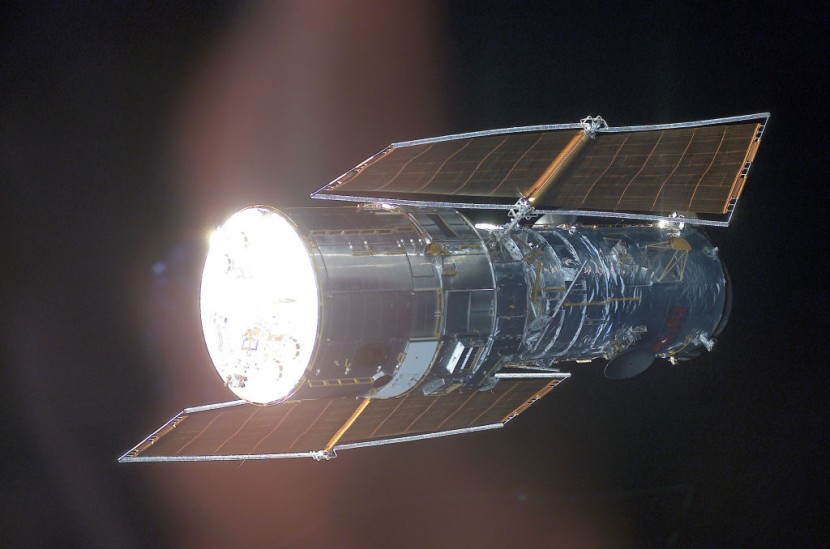
NASA's Hubble Space Telescope observed a giant comet set to approach Earth this July and has been on route to pass by our planet for the last five years.
The cosmic event comes amid a new study that claims a roaming star could cause tens of millions of comets to hurtle towards our inner solar system in the far future, after one million years, specifically.
Giant Comet Approach
The comet that will zoom past our planet is relatively large and is called comet C/2017 K2 (PANSTARRS), often called K2 for short. Hubble first spotted it in 2017 on its voyage to our solar system from the distant Oort Cloud, said NASA.
At the time of its discovery, comet K2 was the most distant active inbound comet ever discovered by astronomers and it was around 2.4 billion kilometers from our Sun. experts vary with their estimations of the comet's size. Research from the Canada-France-Hawaii Telescope estimated that the comet's nucleus has a radius between 14 to 80 kilometers.
However, the Hubble Space Telescope's data shows that K2 has a nuclear that is around 18 kilometers in diameter. But the really surprising part about this comet is its tail, which measures roughly 800,000 kilometers, as per Cincinnati.
Despite its massive size, K2 will be extremely far away, making it difficult to observe with the naked eye. Space experts recommend that people who want to watch the close approach wait for darker skies, which allow for better contrast, and use a telescope.
Read Also: NASA To Release Deepest Image Taken of Our Universe Captured by James Webb Space Telescope
The comet first became visible from the Northern Hemisphere in May and is expected to remain visible through September. By that time, it will be more easily spotted from the Southern Hemisphere.
According to The Sun, the approach of comet K2 comes as a new study warns of a potentially apocalyptic event that could happen to our Earth, in one million years' time. The closest star to our planet, Proxima Centauri, is located some 4.25 light-years away.
Catastrophic Comets
But astronomers estimate that in roughly 1.29 million years, a star called Gliese 710 will be our planet's closest stellar neighbor. It is a relatively small star that is currently found about 62 light-years away in the constellation Serpens Cauda.
Gliese 710 is headed straight toward our Solar System and will one day come within a mere 0.06 light-years away from our planet. While it will not directly harm Earth, or any life on it if any remain, from that distance, its passing will affect the objects in space because of its powerful gravitational pull.
While passing through the Oort Cloud, the star will disturb countless comets, many of which may be flung out into deep space. Many others are expected to be sent hurtling towards the inner Solar System.
The director of the E.A. Milne Center for Astrophysics at the University of Hull, Professor Brad Gibson, said that for the same mass, comets would result in ten times the damage to Earth compared with an asteroid. He added that Gliese 710 will shake loose more than ten million comets near it, Newsweek reported.
Related Article:
Astronomers Discovered 2 Craters on the Moon After Mysterious Rocket Impact, Sparks Other Questions
© 2025 HNGN, All rights reserved. Do not reproduce without permission.








